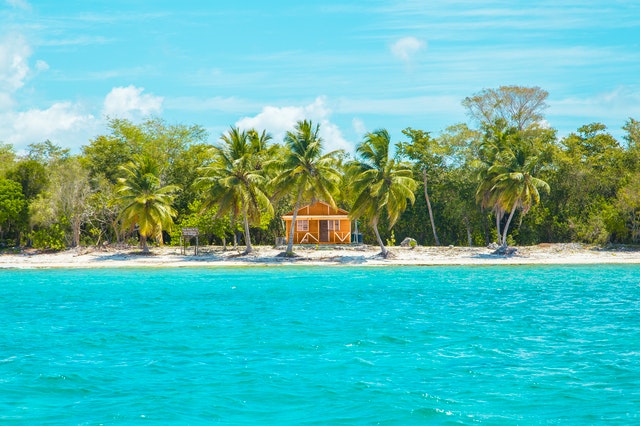Coconut oil production may be more damaging to the environment than palm oil, researchers say.
The issue of tropical forests being cut down for palm oil production is widely known, but the new study says coconut oil threatens more species per litre produced than palm or other vegetable oils.
The researchers use this example to highlight the difficulties of “conscientious consumption.”
They say consumers lack objective guidance on the environmental impacts of crop production, undermining their ability to make informed decisions.
“The outcome of our study came as a surprise,” said lead author Erik Meijaard, of Borneo Futures in Brunei Darussalam.
“Many consumers in the West think of coconut products as both healthy and their production relatively harmless for the environment.
“As it turns out, we need to think again about the impacts of coconut.”
Co-author Dr Jesse F. Abrams, of the Global Systems Institute and the Institute for Data Science and Artificial Intelligence, both at the University of Exeter, added: “Consumers, especially those striving to be more responsible in their consumption, rely heavily on information that they receive from the media, which is often supplied by those with vested interests.
“When making decisions about what we buy, we need to be aware of our cultural biases and examine the problem from a lens that is not only based on Western perspectives to avoid dangerous double standards.”
According to the study, production of coconut oil affects 20 threatened species (including plants and animals) per million litres of oil produced. This is higher than other oil-producing crops, such as palm (3.8 species per million litres), olive (4.1) and soybean (1.3).
The study shows that the main reason for the high number of species affected by coconut is that the crop is mostly grown on tropical islands with rich diversity and many unique species.
Impact on threatened species is usually measured by the number of species affected per square hectare of land used — and by this measure palm’s impact is worse than coconut.
Coconut cultivation is thought to have contributed to the extinction of a number of island species, including the Marianne white-eye in the Seychelles and the Solomon Islands’ Ontong Java flying fox.
Species not yet extinct but threatened by coconut production include the Balabac mouse-deer, which lives on three Philippine islands, and the Sangihe tarsier, a primate living on the Indonesian island of Sangihe.
The authors, however, emphasize that the objective of the study is not to add coconut to the growing list of products that consumers should avoid.
Indeed, they note that olives and other crops raise also raise concerns.
Co-author Professor Douglas Sheil, of the Norwegian University of Life Sciences, said: “Consumers need to realise that all our agricultural commodities, and not just tropical crops, have negative environmental impacts.
“We need to provide consumers with sound information to guide their choices.”
The researchers argue for new, transparent information to help consumers.
“Informed consumer choices require measures and standards that are equally applicable to producers in Borneo, Belgium and Barbados,” they write.
“While perfection may be unattainable, improvements over current practices are not.”
Story Source:
Materials provided by University of Exeter. Note: Content may be edited for style and length.
Journal Reference:
Erik Meijaard, Jesse F. Abrams, Diego Juffe-Bignoli, Maria Voigt, Douglas Sheil. Coconut oil, conservation and the conscientious consumer. Current Biology, 2020; 30 (13): R757 DOI: 10.1016/j.cub.2020.05.059
